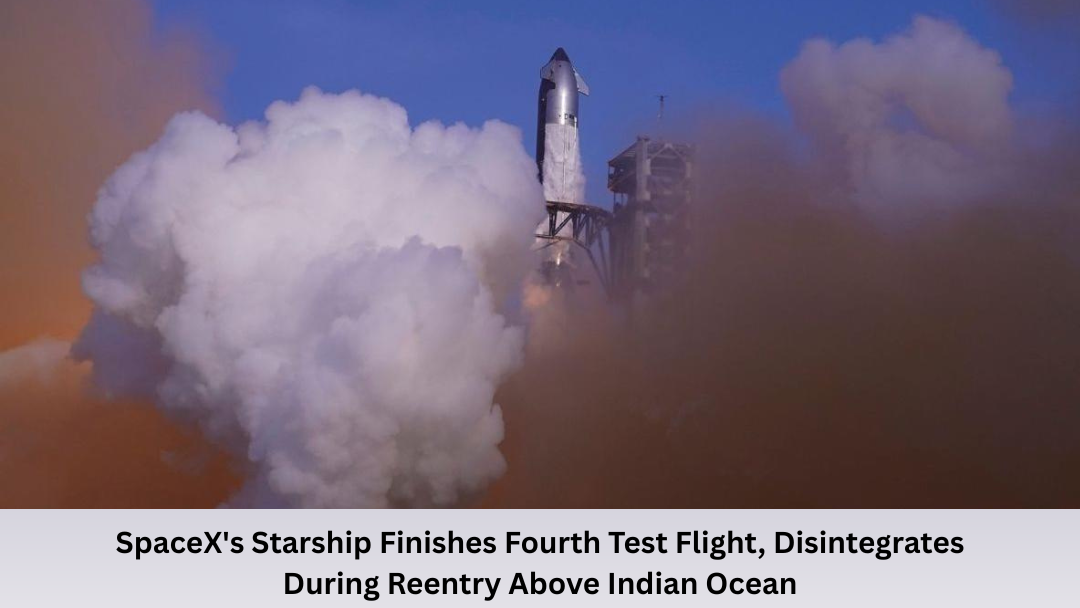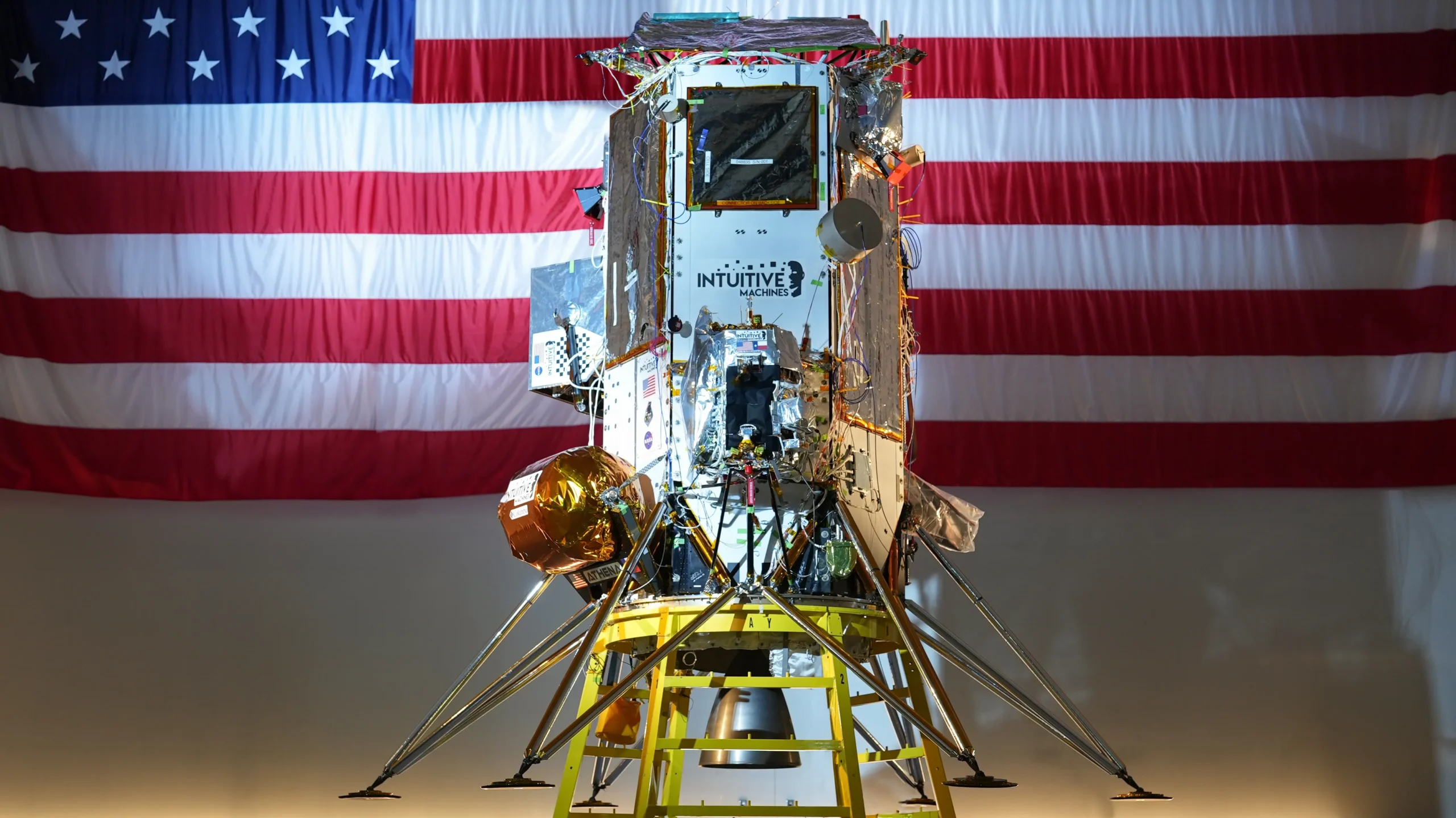SpaceX, Elon Musk’s private space company, flew its Starship megarocket for the fourth time on, as part of its ongoing effort to build a spacecraft they can use again and again. While the vehicle broke apart as it came back into the atmosphere over the Indian Ocean, the test flight reached several key goals that show steady steps forward in the company’s big plans for future space trave
Let’s analyze what occurred during the flight, the relevance, and the implications for space travel down the road.
What Is Starship and Why Does it Matter?
The Starship launch system is the most advanced rocket ever produced by SpaceX. This new level of expendability has the potential to dramatically lower the costs of space travel and to allow for a higher frequency of launches.
Starship has a primary role in the numerator, Phase 1 of the current NASA Artemis program. The goal of this mission is to return humanity back to the Moon, and establish a sustainable base on the Moon. SpaceX also has its eyes on Mars. They hope to make trips between planets possible in the next ten years.
Key Points from the Fourth Test Flight
The fourth full test flight took off from SpaceX’s Starbase in Boca Chica Texas. After it left the ground, the rocket went through several important stages:
- Takeoff and Climb: The Super Heavy booster gave a lot of power and pushed the rocket into the upper air.
- Parts Coming Apart: The rocket split between the Super Heavy booster and the Starship top part.
- Space Travel: The top part stayed on course and flew part way around Earth toward the Indian Ocean.
- Trying to Come Back Down: The rocket tried to come back into the air, which is a big part of SpaceX’s plan to use rockets more than once.
But as the Starship came back into the atmosphere, it fell apart over the Indian Ocean due to structural problems. This didn’t come as a complete shock, since they labeled the flight as an experimental test. Each launch gives them useful data to improve their engineering.
A Step Forward Despite the Setback
The vehicle’s destruction might look like a failure, but SpaceX and many spaceflight experts think otherwise. The test flight met several objectives in these areas:
- Gathering data on reentry dynamics
- Testing system performance in real situations
- Checking separation and propulsion technologies
Each of these aspects moves SpaceX closer to its long-term goal to create a reliable and reusable space transport system. In fact, the company has built its name on learning from risky test flights using failures to guide quick breakthroughs.
SpaceX’s Iterative Development Approach
SpaceX follows a unique “test often fail fast, learn faster” method. Instead of fine-tuning designs in simulations before launch, the company prefers real-world tests that give instant insights. This has allowed them to advance much quicker than traditional aerospace companies.
The Starship program follows the same pattern. Earlier test flights ended up with similar results, including explosions or the spacecraft going out of control. Still, each test has led to big improvements in the design.
In this fourth flight, SpaceX got better at controlling flight paths, made the heat shield work better, and did a smoother job separating the stages – all of which show clear steps forward in development.
What is next for Starship?
SpaceX indicated that more test flights are in the works and that a fifth flight may occur later this year, depending on the analysis of flight data and approval from the Federal Aviation Administration (FAA).
Before any new flights can be conducted, engineers will deeply investigate telemetry and onboard recordings from the flight to evaluate what caused the failure during reentry. The results of this analysis will be used to better inform future iterations of the rocket and design a more reliable vehicle.
In practice, SpaceX hopes to utilize Starship, for many different missions, ranging from launches of commercial satellites, crewed lunar landings, and ultimately, human missions to Mars.
In Conclusion
The last Starship flight may have ended with a breakup approximately over the Indian Ocean, but it did represent a significant leap forward in human endeavors beyond Earth. SpaceX is refining their technology and pushing the limits of the possible in test after test.
As the world watches this monumental system unfold, one thing is certain, the journey to Mars, and beyond, will be an untold number of challenges, and an unimaginable number of common-place successes. And Starship is well on its way to being the vehicle that makes all of those successes a reality.









Leave a Reply